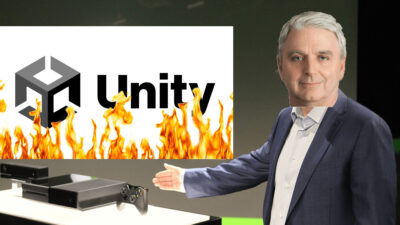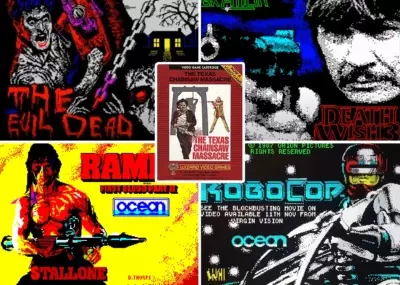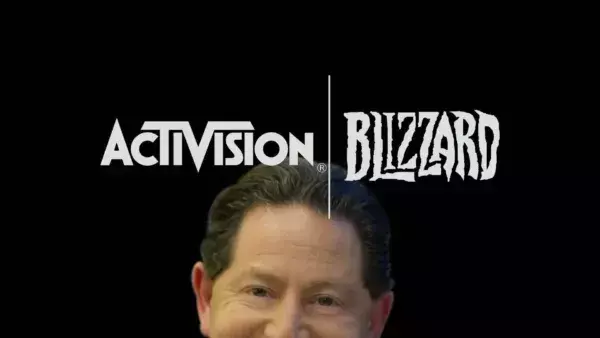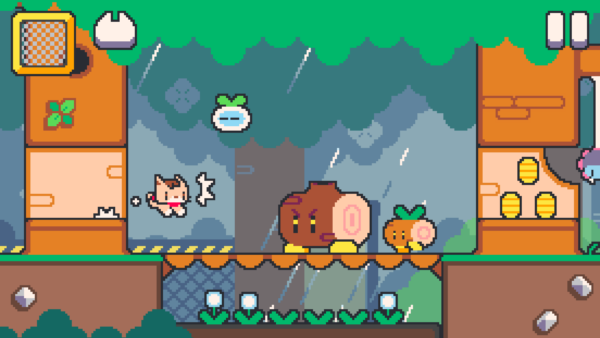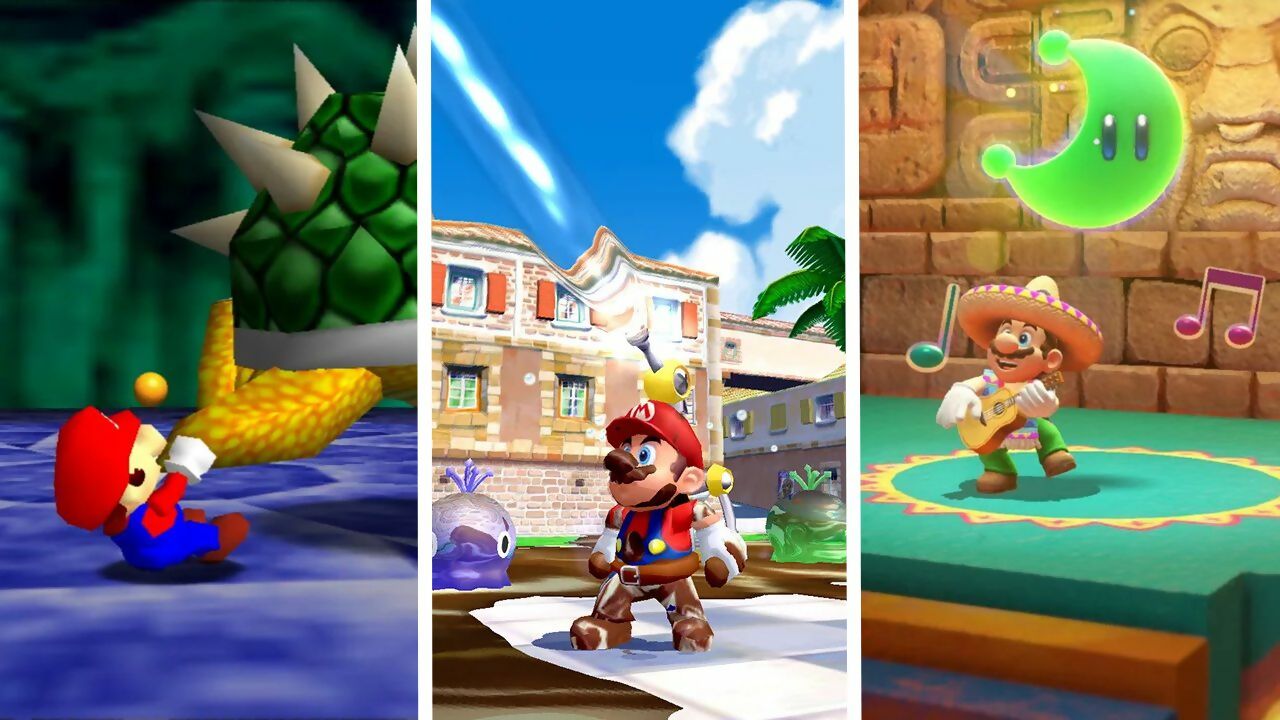
(Words by Ian Dransfield & Ryan Lambie)
From the middle of the 1990s to the start of the 21st century, the 3D platformer was on the ascendancy. Adding more freedom of movement than the side-scrolling ancestors of previous hardware generations, the genre exploded thanks to the likes of Super Mario 64 and Crash Bandicoot. But by the 2000s, audiences had apparently begun to tire of bouncing around colourful environs, collecting trinkets; the FPS was on the up, and even Nintendo began to shy away from the 3D platformer – a genre it had a hand in popularising in the first place.
Over the past few years, though, the 3D platformer has begun to sneak back into the spotlight: Playtonic’s Yooka-Laylee is a conscious throwback to Banjo-Kazooie, designed by former Rare devs who worked on that series. Meanwhile, Super Mario Odyssey saw Nintendo openly channel the spirit of Super Mario 64 in spectacular style. Enough time has passed to make gamers yearn for those simpler, late 1990s days, certainly, but according to Fabian Rastorfer, developer of our cover game Demon Turf (see issue 53), there’s more to the revival than pure nostalgia. “It needed some time to re-evaluate itself as a genre,” he tells us. “It’s like how Borderlands said, ‘What if we combine an FPS with an RPG?’ And that kickstarted the whole thing of RPG-ifying almost every genre.”
What’s more, games like Super Mario Odyssey and Demon Turf are just the tip of the iceberg when it comes to the genre’s revival. According to Rastorfer, there are several indie studios working on their own platformers, all combining the staples we’d expect with modern ideas. “I can list five or six [forthcoming] games that look amazing – all 3D platformers, but they look entirely different,” he says. “I think that’s why the genre’s becoming popular again, because it has the potential to be awesome.”
To illustrate the rise, fall, and rise of the 3D platformer, here’s a brief history of the genre, as seen through a selection of its most prominent, noteworthy titles.
THE RISE

Super Mario 64 (1996)
In mainstream terms, it’s the game that changed pretty much everything. Here, Shigeru Miyamoto and his team didn’t just transplant what had been a resolutely 2D franchise into three dimensions – they completely changed the boundaries of what a Super Mario game could be. There was the freedom of exploration, certainly, but there was also Mario’s fluid freedom of movement: jumps and dashes were joined by cartwheel flips, ground pounds, crawls, punches, and more besides. The move to 3D wasn’t entirely flawless – the camera system, while innovative, took a bit of getting used to – but Super Mario 64 was nevertheless a pivotal game in a nascent genre.

Crash Bandicoot (1996)
It hasn’t aged as well as Super Mario 64, but Crash Bandicoot was nevertheless a key 3D platformer. First, it gave the then-new PSone a mascot of its own, endearing Sony’s newcomer to a younger generation of players. Second, it was a pivotal smash hit for Naughty Dog, years before Uncharted and The Last of Us. And third, there’s some genuine technical innovation going on under that gaudy hood: as studio co-founder Andy Gavin related to Ars Technica, getting long, flowing 3D levels with varied textures was a new thing in 1996, and required some ingenious programming and problem-solving to pull off. But beyond all that, Crash Bandicoot is also plain, old-fashioned fun: a chunky obstacle course of pitfalls, fast-moving hazards, and juicy items to grab.

Banjo-Kazooie (1998)
The British masters of upbeat action games, Rare, threw their hat in the 3D platformer ring with this charming entry. Like Super Mario 64 and Crash Bandicoot, the emphasis was firmly on charging around and collecting stuff, but its ingenious level design, technical brilliance (this was a far more detailed-looking game than those earlier rivals), and Rare’s warped humour made it a true standout. It’s a glimpse of the studio at its creative, comic height.

Spyro the Dragon (1998)
Insomniac entered the 3D platformer game soon after the studio’s formation, with the original Spyro marking the team’s second-ever release. And what a game it was – a creative, atmospheric, and truly charming take on the formula, focusing on a fine blend of challenging platforming, varied exploration, and whimsical characters. Followed by two superior sequels, Spyro was a series that flew somewhat under the radar, and only received the plaudits it deserved following the Spyro Reignited Trilogy remaster in 2018.

Sonic Adventure (1998)
Fans were demanding a true 3D Sonic game for ages, but we had to wait until the Dreamcast era before we finally got one. Two points worth noting: Sonic Adventure hasn’t aged too well, and it led directly to some of the most egregious examples of the genre over the following decade-plus. But there’s no denying this was a spectacle when it first appeared; a brand new take on Sonic, a system-seller, and a glimpse of a bright future for both Sega and its blue mascot. If it had ended right there… well.

Rayman 2: The Great Escape (1999)
Rayman gets a bum rap, honestly – while Rayman Legends is one of the best 2D platformers ever made, the series tends to be overlooked as a whole. This is especially true of Rayman 2: The Great Escape – one of the absolute best 3D platformers, but one that’s rarely mentioned in the same breath as other genre greats like Mario’s three-dimensional treats. Superb character designs, genuine laugh-out-loud moments, and captivating minute-to-minute play alongside the genuine desire to go back and replay things just to get every single lum you could – Rayman 2 is an overlooked classic.

Jak and Daxter: The Precursor Legacy (2001)
With Crash passing through the hands of different developers, creator Naughty Dog was left to its own devices for its first 3D platformer on PS2 – and what a rebirth it was. Jak and Daxter nailed so much: a characterful, bright, and cheery take that flew in the face of where gaming as a whole was heading. The formula for the genre was well-established at this point, so the core concept might have looked overly familiar to some, but it’s arguable that Precursor Legacy is one of the best examples of a 3D platformer to date.

Conker’s Bad Fur Day (2001)
The naughtiest outing on N64 pitted the foul-mouthed squirrel against challenges such as a hangover and a singing pile of poo. That the game looked out of place on a Nintendo platform and arrived so late in the console’s life meant that it was missed by many the first time around – subsequent re-releases on Xbox formats have given Conker’s Bad Fur Day the broader audience it deserved. At the same time, Conker worked as a portent for the 3D platformer: the old, cutesy style was on its way out, the future was in ‘mature’ games, and these two concepts didn’t necessarily mix very well.
THE FALL

Super Mario Sunshine (2002)
Even Mario wasn’t immune from the power of ‘meh’, with this GameCube entry still the most divisive in a series of games that, by and large, are unquestioningly praised to the hilt. It’s hard to put a finger on what was really wrong with Sunshine – the emphasis on gimmicky extras, the feeling it was (shockingly for Nintendo) a bit rushed, all contributed to a general unease with the game. But, all the same, a slightly worse Mario game is still significantly better than most other 3D platformers. It just seems this one didn’t quite have the audience for it at the time.

Jak II (2003)
Probably the most egregious example of what happened to the 3D platformer, Jak II – it’s fair to say – was not a bad game. It was a good game. Some might say great. But what Naughty Dog did after the prior entry to the series – the whimsical, light-hearted, fun, and pure platformer – was to turn it into GTA III. No, but really: Jak Theft Auto would have been a more fitting name. It retained platforming elements, of course, but far more focus went into the ‘flavour of the month’ style of play: driving vehicles, taking on missions in an open world, and gunning down hordes of enemies. This should have been a game, definitely, but it shouldn’t have been a Jak and Daxter game.

I-Ninja (2003)
It’s not that there weren’t good 3D platformers during the fall period for the genre; it’s more the interest of players was elsewhere, and plenty of titles were hugely overlooked as a result. I-Ninja, from Argonaut Games, was just one of those games. It had all the hallmarks of a quick cash-grab, it’s fair to say – super-cutesy main character, reference to ninjas, the sometimes-unreliable Namco on publishing duties – but it would be doing the game a huge disservice to say it was anything other than: really good fun. A classic? Not at all. A rush job hacked together and contributing to the downfall of an entire genre? Well, no, not that either.

Sly 2: Band of Thieves (2004)
Sidestepping the original, Sucker Punch’s mix of noir, thievery, and raccoons was easily the best in this overlooked foursome. A visual treat from start to finish, the stylish sneaking and mixture of stealth and classic 3D leaping worked together in perfect harmony, resulting in yet another must-play title in the genre on PS2. After Sly, Sucker Punch moved on to Infamous, arguably another blend of GTA and 3D platformers (but with more superheroes) and the universe of criminal creatures looks to be finished.

Kameo: Elements of Power (2005)
We wouldn’t argue if you were to tell us Rare’s opening salvo on the Xbox 360 was indeed not a 3D platformer. It’s more an action-adventure game than anything else, just with elements of gap-jumping thrown in every now and then. But it has to go in here, because it highlights a huge turning point for the studio once synonymous with the best the genre had to offer: Rare had been gobbled up by Microsoft, and now it was pumping out mediocrity like Kameo. A fair effort, a bit of fun, with some good ideas in it – but not the stone-cold classic we were used to, that we expected from one of the UK’s finest dev teams.

Psychonauts (2005)
Psychonauts was meant to be the next big hope for the 3D platformer: a world of fantasy and wild imagination, humour, which carefully trod the line between classic, tight platform mechanics, and a more modern feel to things. It hit every note, it really did, but Psychonauts was an abject failure. Selling around 100,000 copies on its first release, it nowhere near hit the lofty goals envisioned for it. Psychonauts’ struggle helped – very publicly – send the genre into a tailspin. It’s all the more shocking when you remember how good a game it was.

Super Mario Galaxy (2007)
Both this game and its sequel arguably represented the pinnacle of the 3D platformer to date: their mix of bite-sized, spherical levels, sense of experimentation, and sheer imagination made them truly world-class Super Mario games. The first game did well, but with sales of around six million, Galaxy 2 was a muted success compared with the 2.5D New Super Mario Bros. on the DS and New Super Mario Bros. Wii (both circa 30 million). Tellingly, Nintendo didn’t attempt to make a Super Mario game as expansive and ambitious as the Galaxy titles for another seven years.

Mirror’s Edge (2008)
Debatable if it is actually a 3D platformer in the purist’s sense, we include it here more as an example of experimentation with the genre, and to give an idea of what was going on in this period. DICE was keen to play about with something other than Battlefield and put together an elegant mix of first-person shooter (without much in the way of gunplay) and parkour. It worked as a game, but it didn’t really find an audience – the first-person 3D platformer renaissance is one we’re still waiting on to this day.
THE RETURN
Ratchet & Clank: A Crack in Time (2009)
Seven years into the series, Ratchet & Clank wasn’t going to win any awards for its vanilla platforming. Meanwhile, the emphasis on gunplay was still fun, but it no longer felt fresh. What A Crack in Time did, though, was bring in outside inspiration from the time where the 3D platformer had been sat on the sidelines – it mixed in the classic playstyle with time-based puzzles reminiscent of indie darling Braid. Throwing this new element into the long-running series served to mix things up wonderfully, resulting in what is arguably the series’ best release – somewhat ironically because of its lesser emphasis on shooting and platforming.

Super Mario Odyssey (2017)
Nintendo’s triumphant return to the 3D platformer, and a game that both harks back to Super Mario 64 and improves on it in every way possible. As Playtonic co-founder Gavin Price put it to us this month, Super Mario Odyssey beautifully nests linear courses and challenges within larger, 3D environments, creating the perfect blend of focused and free-roaming play: “The world is really just there as a playground for your moveset,” Price points out. Nintendo not only took a notoriously tricky genre and honed it to perfection – but they did it with such low-key precision, and made it look effortless.

A Hat In Time (2017)
This charming throwback to the 1990s 3D platformers listed earlier flew under the radar somewhat, perhaps because of its proximity to a certain Italian plumber. Still, this is a sparky title from indie developer Gears for Breakfast, and it’s more than deserving of a second look if you haven’t already sampled its hat-based delights.

Yooka-Laylee (2017)
One swallow doesn’t make a summer, as the saying goes, but three 3D platformers in one year is a sure sign the genre’s back on the ascendancy. Yooka-Laylee was, of course, the debut game from Playtonic, the studio formed by several ex-Rare devs. While it isn’t perfect, Yooka-Laylee captures the spirit of the Banjo-Kazooie series, both in its anarchic lead duo and the sprawl of its vibrant levels. With the series bolstered by 2.5D spin-off, Yooka-Laylee and the Impossible Lair, here’s hoping we’ll see Playtonic continue to refine the 3D platformer genre in the years to come.

Crash Bandicoot 4: It’s About Time (2020)
The remastered trilogies of both Crash and Spyro arrived in 2017 and 2018, respectively, with both acting as litmus tests for players’ appetites for nostalgia, and for the viability of 3D platformers in the contemporary world. Turns out Activision thought the Crash trilogy’s performance was good enough to justify a full new entry in the series: Crash Bandicoot 4 was born. Handily, the sequel managed to please old-school fans while also adding exciting new elements to the franchise. Outside of Nintendo, Crash’s fourth mainline adventure is one of the biggest – and best – steps back into the realm of 3D platformers by a major publisher.

It Takes Two (2021)
Another fine example of the modernisation of the genre, It Takes Two blends aspects of 3D platforming with some superb co-op mechanics and a hearty chunk of action-adventure. This push toward modernisation is extra surprising considering where it came from – EA’s Originals label – with the publisher not really having very much to do with the genre outside of a couple of TY the Tasmanian Tiger titles. It’s good, then, that It Takes Two is a fabulous little game, both fun to play and awash with empathy in its narrative – a perfect game to while away the hours with another player.

Psychonauts 2 (2021)
It’s not the biggest game on this list, and frankly, nothing can approach Super Mario Odyssey in terms of quality – sorry, everything else – but there’s definitely a poetry in Double Fine’s Psychonauts 2 finally releasing here in 2021. The original game was emblematic of the decline of 3D platformers. Abandoned by Microsoft and (eventually) sent out to die, it’s entirely fitting that this long-awaited sequel arrives with the wholehearted backing of publisher/studio owner Microsoft, welcomed warmly into an era where appreciation of the genre is back on the rise. The phoenix, she rises.



